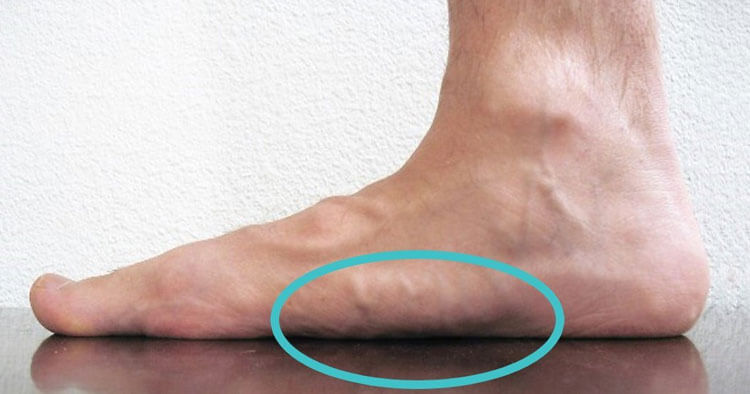Muscle Pain and Tendinopathy
Muscle Of The Week: Tib Post
Tib Post Small But Significant
Tibialis posterior also referred to as tib post, is a relatively small muscle, yet it’s size does not match its functional importance.
- Tibialis posterior is crucial in stabilising the foot in walking and running. When tibialis posterior is tight, or weak, it may trigger issues around (but not restricted to) the shin bone, the inside of the ankle, or the large inside arch of the foot.
- The tib post muscle works in conjunction with the tib ant muscle and the peroneal muscles to assist in providing stability to the foot and ankle with regard to inversion and eversion control. These muscles perform the lion share of active control in the prevention, or generation of twisting in and outwards motion at the ankle. Functionally helping among other things to prevent ankle sprains.
- As well as helping stabilise the ankle, the tibialis posterior muscle is key in the active control of pronation and the medial arch of the foot. Prontaion is an important movement of the foot that allows for shock absorption and adaption of foot shape to the surface you are moving across.
When tibialis posterior is tight, or weak, it may trigger issues around (but not restricted to) the shin bone, the inside of the ankle, or the large inside arch of the foot.
In literature “too much” pronation, or an increased rate of pronation has been attributed to many lower limb injuries including:
Medial Tibial Stress Syndrome (shin splints) – In shin splints, tib post can ‘pull’ on the periosteum (bony surface) from where it attaches causing shin pain. Medial tibial stress syndrome is one of the most common of all running injuries and frequently related to overload of tissues due to training errors. Examples of this include, individuals new to running progressing to quickly, not allowing enough rest between runs, running surface or footwear changes without time for the body to adapt to the new variations… Shin splints issues may also come about if the muscles of the calf are too tight, or under-active. If the tib post muscle is weak, or timing of tib post activation is not aligned with good foot biomechanics the muscle may not work effectively to control the amount/rate of pronation suitable for that individual impacting lower limb function and ultimately contributing to the onset of shin pain.
Posterior Tibial Tendon Dysfunction (PTTD) – PTTD is another common condition of the tib post muscle. The onset of PTTD is generally gradual, typically it begins as a pain (and sometimes swelling) behind the inside ankle bone known as the medial malleolus. Pain with PTTD may also be felt at the attachments of the tendon to the navicular and other bones of the arch of the foot. PTTD is degenerative in nature, mainly occurring in the middle-age. Signs other than that of pain and swelling, can include and inability to do single leg calf raise and/or some element of a visual flat foot deformity.
Management Of Tibialis Posterior Related Conditions
Managing tibialis posterior pain related conditions will have a lot to do with foot biomechanics and load management. Footwear, insoles and altering weight bearing activity are all potentially key in helping rehab any issues associated with the tib post muscle. Other physio based therapeutic approaches can be beneficial, however if the above isn’t addressed then any passive therapies and even strength and stretching efforts may ultimately have a reduced impact.
- The appropriate use of foot orthoses, be they off the shelf, semi customized, or customized insoles can help with symptoms relating to tibialis posterior dysfunction by helping to create a mechanical change to the amount, or rate of pronation. Insoles can assist in off loading tib post and reducing the stress to the muscle-tendon complex.
- The impact of adjusting and balancing load can not be under estimated. Achieving day to day load levels at an appropriate level allowing the tendon and muscle complex to “recover” and strengthen is crucial to rehabilitation of posterior tibial tendon dysfunction and medial tibal stress syndrome.
- Strengthening exercises are a mainstay of managing conditions of tibialis posterior including PTTD and shin splints. Focusing on strengthening the tibialis posterior muscle itself as well as the intrinsic foot muscles can be a crucial component of a rehabilitation program.
Disclaimer: Sydney Physio Clinic does not endorse any treatments, procedures, products mentioned. This information is provided as an educational service and is not intended to serve as medical advice. Anyone seeking specific orthopaedic advice or assistance on Muscle Of The Week: Tib Post should consult his or her general practitioner, sports medicine specialist, physiotherapist or otherwise appropriately skilled practitioner.


